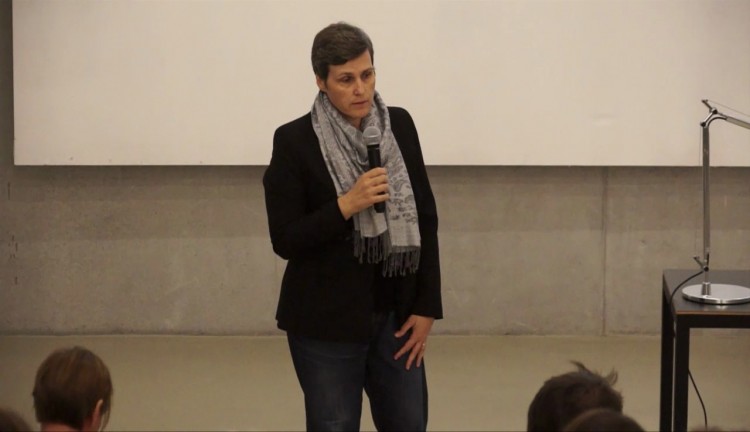The First World War monuments produced in interwar Yugoslavia are today usually discussed separately, within the context of the successor state to which they belong. The symposium will attempt to present a picture of this production that is as comprehensive as possible, outlining not only the common features of these works but also their differences, which to a large degree were conditioned by very diverse local traditions of commemoration and memorial creation.
The second goal of the symposium is to consider how these monuments are inscribed with desires to strengthen a common Yugoslav identity, establish a collective imaginary, and develop a distinctive visual image of the young state. Yugoslavia faced considerable difficulties in this area, which were fostered not only by internal inter-ethnic and political tensions and a poorly thought-out state cultural policy, but also by the lack of unifying shared stories and memories. Because, before unification, the different peoples of Yugoslavia had often found themselves in opposing political camps, stories from the past could even be extremely divisive for the young state.
The creation of monuments dedicated to the achievements and to the fallen soldiers of the First World War was itself a problematic task: both victors and vanquished found themselves living in the same country, and the burial and commemoration of soldiers from both sides were happening simultaneously. Monuments normally tell us, directly and overtly, that the dead did not die in vain and the living embody the values for which they fought, but in Yugoslavia after the First World War such monuments were impossible. A sense of solidarity, whether sincere or pragmatic, constrained the victors, at least initially, from freely exulting in euphoric triumphalist narratives. And the vanquished were even more constrained, for what had happened was the very reverse of what they had been fighting for, and there was no possible way to rationalize the deaths of the many who had fallen in battle.


